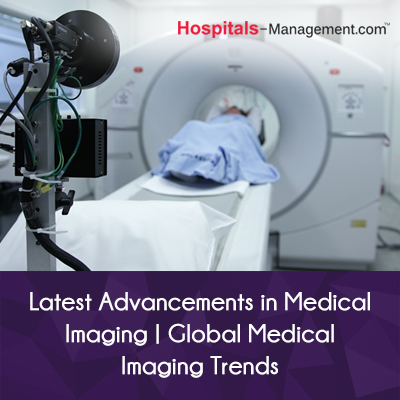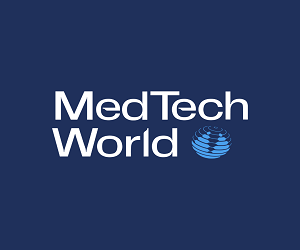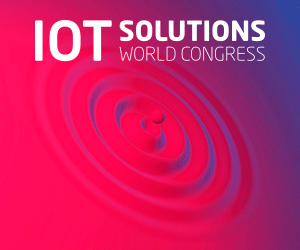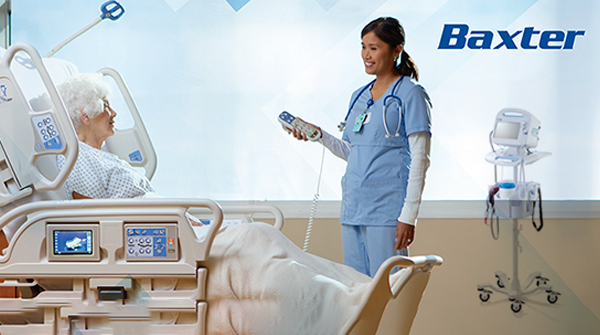Articles
Latest Advancements in Medical Imaging | Global Medical Imaging Trends

Overview:
Recent advances in medical imaging technologies such as CT scans, MRIs, PET scans, and other techniques have a huge impact on the diagnosis and treatment of diseases. Over the last five years, advances in imaging have revolutionized almost every aspect of medicine.
Medical imaging is a core function in the diagnostics industry that helps medical, healthcare professionals to identify and analyze medical problems that are based on different imaging modalities.
“Medical Imaging solutions are more than pictures, but they are data.”
Clinically relevant information can be extracted from various digital medical images such as X-rays, CT scans, and ultrasounds to support disease diagnosis and therapies. Apart from identifying issues and diagnosing them, diagnostic imaging is employed to monitor how the patient’s body responds to the treatment being dispensed.
Healthcare practitioners are extensively using diagnostic imaging technologies to examine patients and diagnose their exact medical conditions.
Global Medical Imaging - Market outline
According to a report by transparencymarketresearch, the global diagnostic imaging market was valued at around US$ 28.0 Bn in 2017. It is estimated to reach a value of more than US$ 47 Bn by 2026, expanding at a CAGR of 6.0% during the forecast period.
Given the phenomenal growth rate, it is important to align new age technologies to address the challenges of the diagnostics industry.
The growth of the medical imaging market is due to the rise in the prevalence of chronic diseases, increased adoption of advanced technologies in medical imaging, and rise in the geriatric population.
Medical Imaging procedures play a key role in the accurate diagnosis of chronic diseases. Moreover, the increase in the aging population and changes in societal behavior are contributing to a steady increase in these common and costly long-term health problems.
The amount of data in the images is extensive, and extract the required information, details, it could save significant time and money for patients, while decreasing their exposure to radiation and risk of complications from invasive procedures.
Latest Advancements in Medical Imaging
The recent advances in medical imaging have shown a great impact in the healthcare industry. These advances include:
• Multi-modal imaging
• Dynamic Imaging
• Diagnostic Imaging with non-ionizing radiation
Most of these advances included a development of robust, rapid, and reliable instruments, with an emphasis on seamless operation in the clinic.
For effective imaging solutions, radiology workbenches have been equipped with the computer aided diagnosis/detection (CAD) tools to utilize the data more competently by the physicians.
Latest advances in the medical imaging includes Vascular imaging with ultrasound, high-resolution computed tomography of the thorax, magnetic resonance imaging applications, and picture archiving and communication systems.
Magnetic resonance imaging applications for all areas of the body are being investigated and are replacing older roentgen graphic techniques such as computed tomography, arthrography, myelography, and even angiography in a growing number of indications.
For instance, new imaging techniques that reveal greater anatomical details are in diagnostic radiology departments.
Latest Advancements in Medical Imaging | Global Medical Imaging Trends
a) Diagnostic Wearables
Diagnostic wearables are gaining momentum as they are specialized, accurate, and powerful medical tools. Wearable medical devices include smart watches, fitness trackers, the odd VR headset and so on.
The most recent inventions for medical imaging is the MEG wearable brain scanner. The lightweight MEG is “worn like a helmet and can measure brain activity while people make natural movements such as nodding, stretching, drinking tea and even playing ping-pong. It helps to bring improved imaging possibilities to patients with disorders that cause body movements.
b) Mobile Apps for Brains and Bodies
Mobile technology is on rise to impact the diagnostic imaging. Some of the diagnostic imaging mobile applications that help to improve radiologists access are:
Mobile Classroom–option for radiologists-in-training since their curriculum is so technologically dense.
Diagnostic Imaging Comparisons – the app allows the comparison of an anatomic structure to the norm.
c) Artificial Intelligence in Medical Imaging
AI is helping process images, detecting patterns to reduce workloads The latest machine learning, deep learning, and workflow automation technology can accelerate interpretation, improve accuracy, and reduce repetition for radiologists and other specialties.
AI has fantastic potential to lower healthcare costs, progress quality, and make it more accessible.
On a whole, AI offers a major opportunity to enhance and augment radiology reading.
|
Also Read: Medical Imaging Technology Advancements: Revolutionizing Healthcare Diagnosis |








